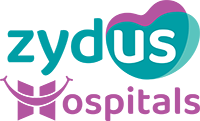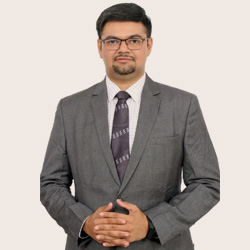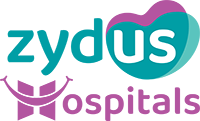
The Art of Taking Consent
Blog Space / The Art of Taking Consent

- The Motherhood Factor
- The “Higher" Connection
- Man proposes, God disposes
- From Pessimism To Optimism
- Finding 'Sanjivani', Daily! (Part-7)
- Finding 'Sanjivani', Daily! (Part-6)
- Finding 'Sanjivani', Daily! (Part-5)
- Finding 'Sanjivani', Daily! (Part-4)
- Finding 'Sanjivani', Daily! (Part-3)
- Interesting case of pneumonia
- Finding 'Sanjivani', Daily! (Part-2)
- On the moment of 100th Pulmonology Teleconsultation
- Finding 'Sanjivani', Daily
- Why so "Breathless"?
- A Blessing in Disguise
- The Art of Taking Consent
- The Oldman's Pursuit
One of the fundamental skills taught in the medical school is, how to carry out conversation with a patient, particularly when the procedure is required to be done. And the unwritten rule for that conversation is : a doctor has to show his full face & dedicate quality time while explaining.
Obtaining 'Consent', as known in medical language, is an art which a doctor learns by experience. It requires stupendous efforts for a subtle, gentle, calm & compassionate approach used by medical professionals to take one. Even if patient requires procedure so badly, a doctor has to explain the need with utmost patience. After all, consent is a document with legal validity where nature of the procedure, risks & benefits as well as alternatives are described in detail, signed by the patient &/or relative, witnesses as well as doctor himself. The truth, however bitter, has to be presented in a way, so that it becomes both: palatable & digestible. A doctor might foresee the need of intervention, still the decision has to be taken in the best interest of the patient.
However, the COVID19 has posed significant challenges, when most of the time medical professionals are covered with masks/goggles/face shield/cap, making non-verbal communication difficult. For example, when our prime minister declared lockdown 2.0, for first 5 seconds, his face was covered with a cloth mask which he removed for his subsequent talk. Indeed, facial expressions, eye contact, hand gestures & body language add much more in the simple verbal communication.
Sharing a recent personal experience on the same. A gentleman in his thirties reported to ER (Emergency Room) with shortness of breath on mild exertion, cough & high grade fever. He was requiring supplemental oxygen for ease in breathing. After examining & going through the reports, I found that rapid filling of fluid around his left lung (Left sided pleural effusion) is the cause of his breathlessness. The day prior it was approximately 350 ml, which on screening that day appeared more than 1 litre. Being donned in full PPE (Shoe cover, gloves, mask, hood, Face shield), I was bit unsure about obtaining consent for the diagnostic & therapeutic minimally invasive procedure called 'pleural tap'. I discussed patient's condition from the boundary of the isolation area & explained the need to do it as early as possible to the patient's brother-in-law. He knew me (thanks to social media), but it was the very first instance when we were having a talk. By only eye contact, tone of voice & hand gestures, he understood the gravity of situation and gave me permission to proceed. I tapped 1300 ml of pleural fluid which not only alleviated the symptom but also clinched the diagnosis. The next day, the patient was off supplemental oxygen & completely afebrile the day after proving the necessity of the intervention.
By day 4, when I was signing the discharge papers, his brother-in-law came to me. Three days were enough to make a rapport & after experiencing my work closely, he thank me for the guidance and all. In reply, I sincerely thank him for trusting me to carry out a procedure on that day, which laid the stone of faster recovery & somewhere in my heart, I thanked the God almighty, for making me proficient in the art of taking consent.
Dr. Jaykumar Mehta
MBBS (Gold Medalist)
MD, DNB, MNAMS, PD Fellow (Pulmonology)
Consultant Interventional Pulmonologist (Zydus Hospital, Ahmedabad)


